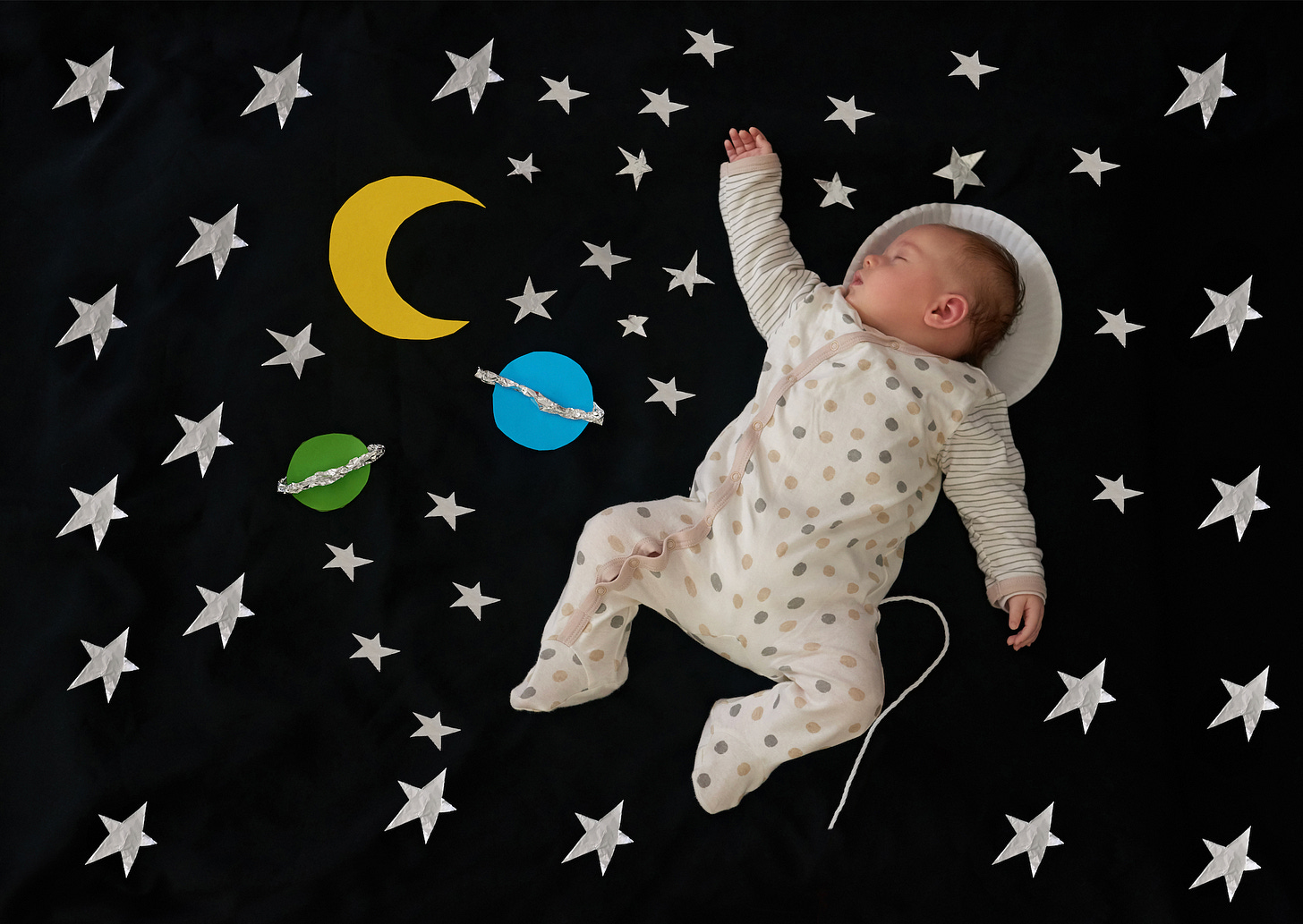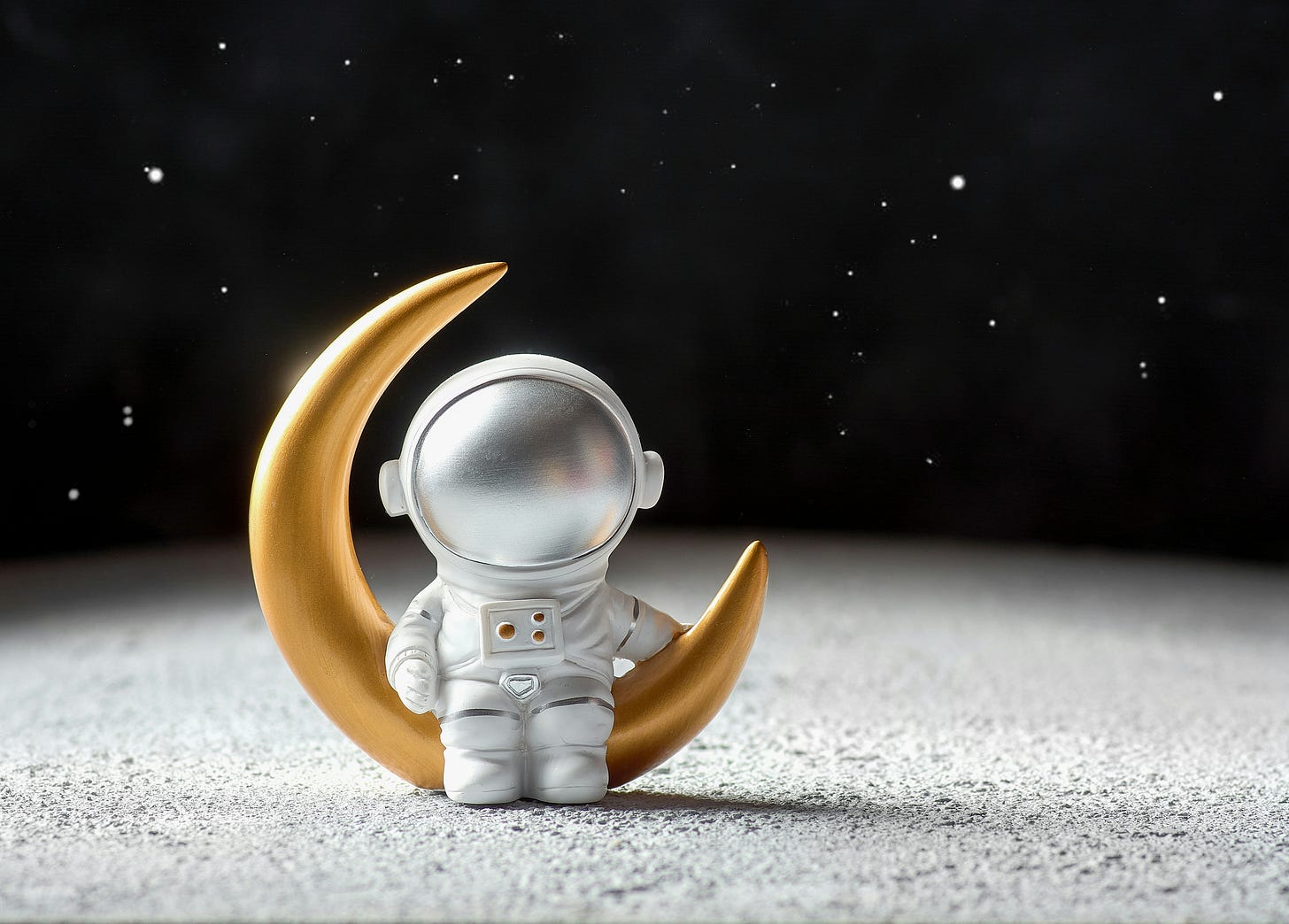Introducing Gen Beta: The Outer Space Kids
An early cohort of children born in space symbolize hope and limitless possibilities for humanity
From the moment humanity learned to leave Earth’s atmosphere, the question wasn’t just how we would survive in space, but who would be the first to be born there.
Caelum belongs to that pioneering cohort - children gestated in artificial wombs aboard the Edge-of-Orbit station, raised inside a closed-loop habitat where gravity is simulated, radiation is shielded and food grows in stacked aeroponic gardens. Their daily life is equal parts scientific experiment and promise of a species that refuses to stay planet-bound. Yet every breakthrough - magnetic gravity, 3-D bioprinted organs, even an AI “brain” meant to archive human consciousness - forces us to confront new ethical frontiers.
Caelum’s story is both a marvel of engineering and a reminder that our next great leap will test not only technology, but our definition of what it means to be human.
Caelum was among the first ones born on the Edge of Orbit. She was a bright kid, full of curiosity and energy. She was born in an artificial womb in the floating space station on the boundary of human-known territories and yet to be settled space regions. The Orbit is a closed-loop life support system. It operates with sustainable and efficient recycling of water, air, and waste.
Caelum and her siblings live in a magnetically induced gravity, to help the normal development of bones and muscle structures, their clothes are made from shielding materials, protecting from space radiation. Food is grown by advanced hydroponics and aeroponics. The kids take microbial supplements to ensure excellent gut health, which is at the core of healthy brain activity and general well-being. When there are health issues, the Orbit has access to Gene therapists and is equipped with 3D bioprinters, providing tissue and organs in case of any medical emergencies. A life different to that on Earth, and simultaneously, a glimpse of hope for the survival of the species.
Effective shielding technology and simulated gravity were the two major factors that made being born in space possible. The ethical challenges are just as big as the physical, with many humans protesting against any research and advancements in the field of reproduction in space.
Simultaneously, scientists are working on ways to replicate human consciousness and export it into space by uploading the most important information and values in the Orbit AI Brain. This is an alternative measure in case we, humans, don’t make it with the hope that the AI Brain or some yet unknown form of extraterrestrial intelligence will be able to find a solution to re-body our consciousness one day. Inhabiting other planets has been a big part of humanity’s need and desire to find a new home. But none of the efforts to discover the most inhabitable planet and populate it would matter if we can’t create an environment for extraterrestrial births.
What should we be asking ourselves?
If the first generation born off-planet matures in artificial gravity and synthetic ecosystems, how will their bodies, and identities, diverge from Earth-born humans?
Who grants citizenship, rights and child-protection standards when birth happens beyond any nation’s borders?
Could space-based breakthroughs in closed-loop living feed back to solve resource scarcity on Earth, or will they widen the gap between those who can leave and those who cannot?
How do we balance the hope of extraterrestrial births with deep ethical concerns around reproduction, genomic intervention and consciousness uploading?
If an AI archive becomes the custodian of human values, who decides what gets preserved - and what is forgotten?
What are your thoughts on Caelum’s world? Have you noticed early signals that point toward off-planet reproduction or long-duration childhoods in orbit? Share your ideas in the comments or reply to this post!
Stay tuned—our next Gen Beta persona arrives next Tuesday!




